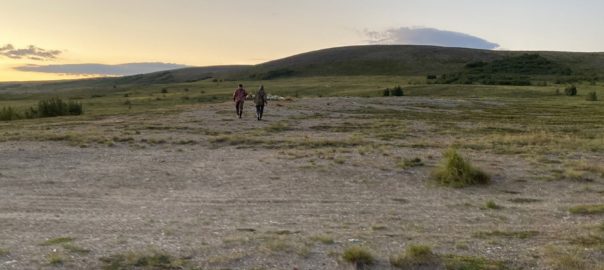Sacred Sites in the Arctic North and Beyond: The Challenges of Protecting Cultural Heritage and Living Traditions in a Multitude of Contexts and Cultures
The foundation for what is to be presented below has much value as a discourse in today’s academia because of the ways in which the research and study of sacred sites are effected and encountered within a multitude of contexts, including religious studies, anthropology, art, and philosophy of law. These fields are represented in the twelve extended abstracts published hereby, and they outline a variety of subject matters pertaining to sacred sites as well as the need for raising awareness about their status, the critical functions and the many roles that they play in connection with local peoples, traditions, beliefs and practices, many of which have become endangered.
Read More...